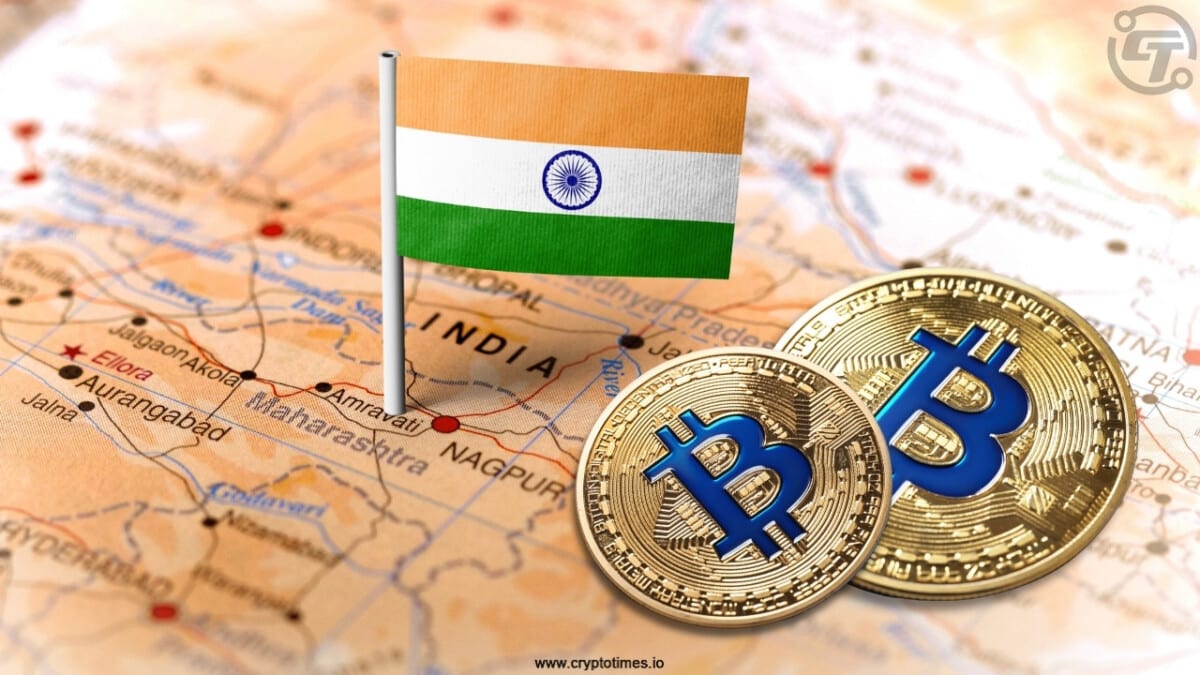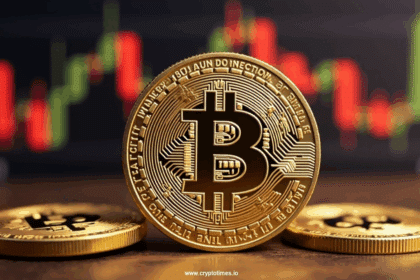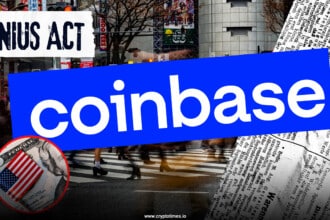For years, India’s crypto story was seen as a metro phenomenon, buzzing in Bengaluru cafés, Mumbai offices, and Delhi’s fintech circles. But that narrative is changing fast. The next wave of growth, it turns out, is rising from cities you wouldn’t expect — Indore, Jaipur, Lucknow, and even smaller towns like Botad.
CoinDCX CEO Sumit Gupta says the data tells the story. “Nearly 40% of CoinDCX’s users now come from tier-2 and tier-3 cities,” he revealed recently, adding that Indore alone has become one of the most active smaller cities in India, with close to 10% of its population, roughly 3.4 lakh people, dealing in digital assets on the platform.
“In Mumbai, only 2 to 3% of the population is investing in crypto, but Indore has touched close to 10%,” Gupta said.
The exchange, which claims a dominant share of India’s crypto market with over two crore investors, opened its new Indore office in October to strengthen its presence beyond the metros.
The average age of investors on the platform, Gupta added, is between 30 and 35 years older and more financially stable than the stereotype of the impulsive young trader.
The rise of the non-metro investor
Indore’s crypto enthusiasm isn’t an isolated case; it reflects a larger trend across India’s smaller cities. CoinSwitch’s India Crypto Portfolio Q3 2025 report shows that Gen Z investors (aged 18–25) have now overtaken millennials as the country’s largest crypto investor group, accounting for 37.6% of users.
Millennials, between 26 and 35 years old, are close behind, making up about 37.3% of India’s crypto investors, while those in the 36 to 45 age group account for around 17.8%.
For Gen Z, though, crypto is second nature. They’ve grown up paying with Unified Payments Interface (UPI), scrolling through fintech apps, and managing money on their phones. For many of them, buying Bitcoin (BTC) or Ethereum (ETH) feels as normal as putting money into a mutual fund.
Financial consultant Sudeep Saxena believes the mindset in non-metros is also changing. “People in smaller cities are viewing Virtual Digital Assets as safer and more flexible than before. They are more willing to experiment, and crypto offers that possibility of higher returns that traditional options don’t,” he said.
CoinSwitch data reinforces this. Delhi, Bengaluru, and Mumbai still lead by overall volumes, but smaller cities like Jaipur, Lucknow, and Patna are catching up quickly. In fact, Gujarat’s Botad, a town of just 13 lakh people, ranked among the top 10 Indian cities for crypto investors last year, ahead of larger urban centers like Ahmedabad and Surat.
India’s crypto push: From Indore to global ambitions
CoinDCX’s journey reflects the larger shift in India’s crypto landscape. After taking over Dubai-based BitOasis in 2024 to strengthen its presence across the Middle East and North Africa, the company got another big boost this October when U.S.-listed crypto giant Coinbase invested at a valuation of $2.45 billion.
Sumit Gupta says the fresh funding will help CoinDCX build new products, attract more users, and expand further into Southeast Asia. “With the fresh investment, the idea is to go deeper into launching new products and educational tools. We cannot build hundreds of applications, so we will build platforms that allow developers to create their own,” he explained.
He also reiterated the company’s push for a more balanced tax regime for digital assets. “A rationalized tax structure will make India more competitive globally,” Gupta said, referring to the current 30% flat tax on crypto gains and the 1% TDS on transactions, policies that many believe are holding back the market.
A shift in global perception
Even the global giants are paying attention now. Binance CEO Richard Teng recently told CNBC that India has all the right ingredients to become a global crypto superpower, a young, tech-savvy population, strong fintech networks, and one of the fastest-growing digital economies.
He noted that India’s digital foundation, from UPI and Aadhaar to its booming fintech scene, has already built the base for what could be the next big wave in blockchain. With initiatives like the National Blockchain Strategy taking shape, Teng believes India is well placed to lead in areas like stablecoins, DeFi, and NFTs.
“India is a very important market — the largest demographic in the world, very tech-savvy, very young,” he said. “In every country with a young demographic, crypto adoption tends to be the fastest. India is no different.”
The regulatory road ahead
Despite this optimism, the industry continues to face uncertainty. Speaking at the Business Standard BFSI Insight Summit in Mumbai, Gupta warned that “running an exchange in India has been a nightmare because of uncertainty.”
He added that “90% of my friends, talented IIT graduates, have moved abroad,” stressing the urgency of regulation to keep talent and innovation within India.
Dilip Chenoy, Chairperson of the Bharat Web3 Association, noted that the delay in domestic regulation could cost India a $1.1 trillion opportunity by 2032. “Eighteen of the G20 nations already have some form of crypto regulation,” he said. “India took the lead globally to push for a framework; now it’s time to act on it domestically.”
Still, Gupta remains cautiously optimistic: “India is opening up gradually, and I see the country coming up with full-fledged digital-asset regulation within two years.”
From hype to habit
The story of crypto in India is no longer about speculative frenzy; it’s about participation and maturity. Platforms are expanding education programs and local support in smaller towns, targeting first-time investors. The average holding period for Indian users is lengthening, and trading volumes, while volatile, have stabilized post-tax reforms.
Most importantly, this shift is no longer confined to cosmopolitan elites. Indore, a city better known for its cleanliness drives and food culture, is now quietly rewriting India’s crypto geography.
As Gupta summed up on X recently: “If you thought India’s growth story was happening only in metro cities, think again. Nearly 40% of new CoinDCX users are coming from tier-2 and tier-3 cities. Even in crypto adoption, Indore is now ahead of Mumbai.”
That one post captures the larger truth: India’s next crypto chapter is being written not in skyscrapers, but in small offices, co-working spaces, and living rooms across towns like Indore. The center of gravity has shifted, and the future of Indian crypto may very well belong to its non-metros.
Also Read: India’s Amravati Adopts Blockchain for Smart Governance











